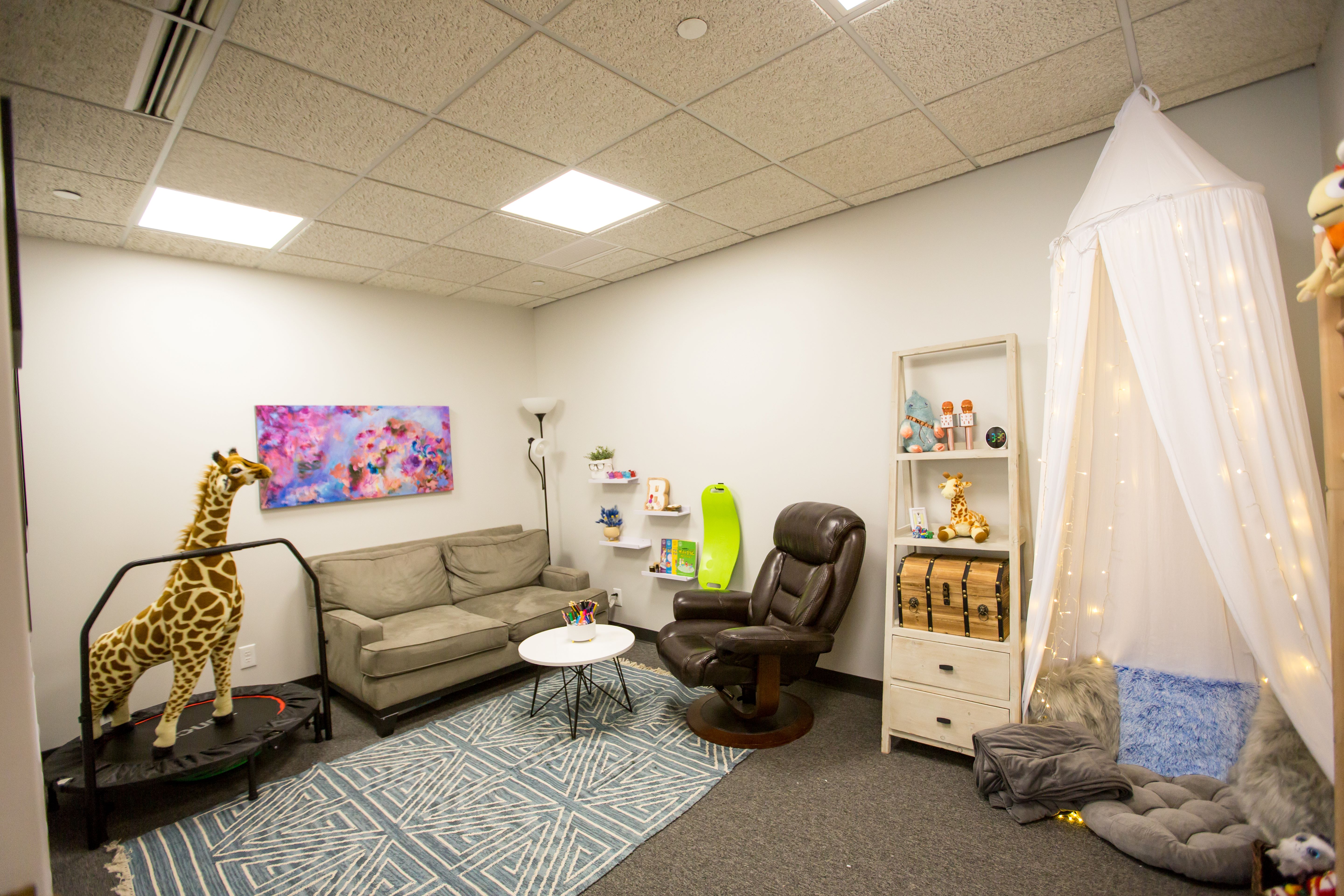Work With Us: Frequently Asked Questions
What kinds of problems do you help with and what treatment do you use?
All of the therapists on the Calm Mind Team have expertise and advanced training in helping with anxiety related problems and obsessive compulsive disorder. We are highly specialized in these problems and use only evidence-based treatment. The treatment methods we use are: Cognitive Behavioral Therapy (CBT), Exposure Response Prevention (ERP), Exposure-Based CBT, Supportive Parenting for Anxious Childhood Emotions (SPACE), Acceptance and Committment Therapy (ACT), and Inference-Based CBT.
Do you accept insurance?
We are not in-network with insurance panels. We are able to offer you a document called a “Superbill” that has all the information on it that insurance companies request to determine if there are out-of-network benefits that can be applied. Many people we work with have some out-of-network benefits that they did not realize they had. If you do have these benefits, we still require payment at the time of the appointment and your insurance company will directly reimburse you.
Some helpful questions to ask your insurance company are:
1. What are my out-of-network benefits for mental health outpatient treatment?
2. Do I have a separate deductible that needs to be met before these benefits kick in?
What are your fees?
|
Clinician |
Intake Fee |
Regular Session Fee |
|
Angela Springer, LCSW |
$225 |
$175 |
|
Madeline Goodwill, LCSW |
$195 |
$155 |
|
Hayley Wyatt, LCSW |
$175 |
$145 |
|
Samantha Kranzberg Simonetti, LCSW |
$175 |
$135 |
|
Lauren Goldberger, LMSW |
$130 |
$110 |
What therapist is the best fit for me?
You can look at a profile of each therapist to determine who might be a good fit for you. Choosing a therapist involves a combination of finding someone that not only has the expertise that you are needing to help you, but also someone that you are able to connect with. Read about our therapists here.
What ages do you work with?
We work with ALL ages. Here is a break down:
Under 5 years old: We work with parents to help them create a plan to help their child. We do not meet with kids individually that are under five years old. Typically, we will be coaching parents in using a Supportive Parenting for Anxious Childhood Emotions (SPACE) plan.
6-17 years old: We work with the child/teen and the family individually and together to create and implement a plan. The amount of family vs. individual work will vary based on the willingness of the child/teen to involve parents. At times, we may suggest that parents work separately with one of our other therapists to help with parent-coaching as to not damage the trust that is developed between the child/teen and their therapist.
18 years old and older: We will work with you individually and involve your family members if we make a determination together that this would be helpful to your treatment.
What is your process for working with me?
All of our treatment is individualized to best meet your needs. Our process will vary based on this, however you can typically expect the following:
1. Intial appointment(s) to gather information and make initial recommendations for treatment.
2. Develop goals together.
3. Provide education about the problem.
4. Make a plan that involves evidence-based cognitive and behavioral skills.
5. Implement the plan.
6. Assess progress and adjust plan as needed.
7. Determine if there are additional goals to work toward.
How do you work with kids?
How do I make an appointment?
You can email us at hello@calmmindcbt.com to make an appointment OR you can fill out this form on our home page (www.calmmindcbt.com). If you prefer to call us, you can call us at 314.669.4295.
Can I have an after-school or evening appointment?
Great question! As you can imagine, these appointment times are our most popular. We typically do not have these available immediately. The fastest way to get one of these times is to start with a less-ideal time. When you do this, you will be prioritized to move into the later times as soon as they become available.
Often, we can work with school schedules to find appointment times that are the least disruptive to the school day (study hall, etc). Schools will sometimes allow students to use a private room in order to do the therapy sessions there virtually as an alternative to being picked up to go home.
Can I see pictures of the office?
Are parents involved in sessions?
Excellent question! We know that the results of Cognitive Behavioral Therapy with kids and teens are going to be better when the family is involved. We strive to include parents in the appointments as much as possible. We want to coach you to know what we know and be able to help your child without having to come and see us weekly.
The initial appointment is always a parent-only appointment (if your child is a minor). We ask that the child or teen NOT attend this appointment. It allows us to get to know what your concerns are in order to have the more effective initial appointment with the child/teen that we can.
After the initial appointment, parent involvement will vary based on the needs of the child/teen. We typically prefer to have the first appointment with the child or teen WITHOUT the parent. This is because kids tend to open up more when there parents aren’t there. It gives us a great opportunity to develop a trusting connection. However, there are times that the child or teen does not want to come in alone and that is okay! We can include parents in this appointment if needed, or include then for the first part of the appointment and then check in with your kid to see if they would be willing to have you wait in the waiting room.
After we get to know your child/teen, we will work with you to let you know the plan about your involvement in the sessions. We would love to have you FULLY involved but will also make a decision based on the desires of your child too.
Regardless, we will work with you on what the plan is and check-in with you at the end of most sessions.
We will also offer supplemental parent coaching sessions when needed.
Can I drop my child off and come back later?
I get the desire to do this! Life is so busy and it seems like a perfect time to go run a quick errand. We ask that you stay in the waiting room while your child is in session. There are times that we may want to bring you back to observe our session OR it’s possible something important gets brought up by your child that we will unexpectedly need you to be a part of the session.
What is Cognitive Behavioral Therapy (CBT)?
CBT is a general psychotherapy model that we apply to all of our treatment sessions. In a nutshell, it works with people to understand the connection between our cognitions/thoughts, behaviors, and emotions. Through understanding this connection, it opens doors to gain awareness and make choices about what may help make emotions more managable in our lives.
What is Exposure Response Prevention (ERP)?
ERP is a specific intervention used within the context of Cognitive Behavioral Therapy (see our other FAQ question for explaination of CBT). ERP was designed to be used for those suffering with obsessive compulsive disorder, however the tenents of it are used to treat ALL anxiety related problems.
In ERP, we help people “expose” themselves to triggers. In other words, we help people gradually choose to face their fears. While facing these fears we ask people to use “response prevention” which means choosing to NOT engage in safety seeking behaviors that reinforce anxiety during intervention.
For example, a person who is afraid of swimming pools may be asked to sit at the side of the pool with their feet in the water without asking their parent if the water is safe. Or a person who is fearful of talking to new people, may be asked to order a drink at a coffee shop without their parent doing it for them.
We gradually increase the intensity of the fears in a hierarchy in order to help the person gain new learning experiences that rewire previous beliefs about that fear.







